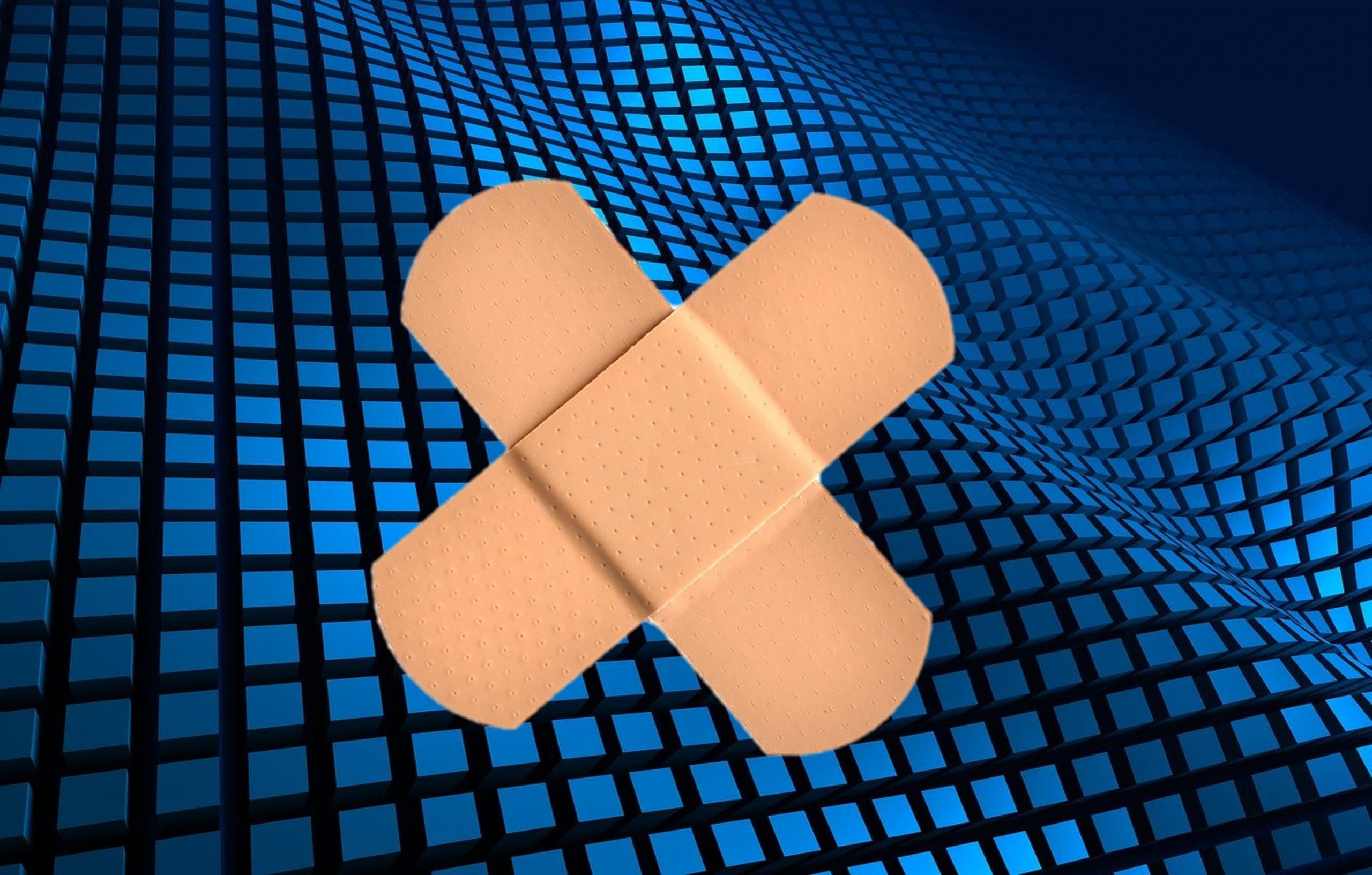This post is also available in:
 עברית (Hebrew)
עברית (Hebrew)
A wireless user-friendly solution for controlling chronic diseases- the Spatiotemporal On-Demand Patch, or SOP.
Researchers from the University of North Carolina introduced this wireless drug delivery system resembling a comfortable band-aid, which has the capability to receive wireless commands from smartphones or computers that enable precise scheduling and triggering of drug release through microneedles.
According to Interesting Engineering, this development foretells a paradigm shift in the treatment of chronic diseases. The patch was designed with user comfort in mind and was successfully tested on mice with melatonin in the microneedles to enhance sleep.
The SOP can be used for highly localized treatment on areas of less than 1 square millimeter, offering a promising solution for targeted drug delivery. What sets SOP apart is its ability to initiate drug release within 30 seconds of receiving an electrical signal, making it a potential game-changer in emergencies or instances requiring immediate therapeutic action.
The microneedles are coated with gold to protect the drugs and surrounding tissues and disintegrate the gold coating upon applying a low-voltage electrical stimulus, thus exposing the drug-loaded microneedles to the skin.
Juan Song, Ph.D., a professor of pharmacology at the UNC School of Medicine explained: “The beauty of this device is that it can house dozens, if not hundreds, of concentrated drugs and can program their sequential release automatically.”
Furthermore, the SOP’s level of specificity ensures precise and customized drug delivery, catering to the needs of different conditions or specific regions of the body.
The invention’s versatile capabilities could potentially revolutionize chronic disease treatment. This research opens doors for advanced drug delivery systems and underscores the significance of combining materials science and electrical engineering for controlled drug release. As to the tech’s real-world application, patients could potentially wear multiple patches simultaneously, minimizing the need for frequent medical visits and hospital trips.




